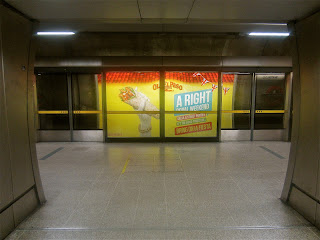Yesterday I went to one of the various markets in Antwerp that have become a weekly experience for me. It is probably one of the most important and visceral aspects of living in Europe as an American that I experience on a regular basis. It is the romantic view of wandering through life at a different pace and assembling the details of daily life one by one at various stalls and shops.
Although not all part of the market, I gather my goods from a sundry of places, over time, and it is a nice diversion from the modalities of the impersonal life that we often live in modern society.
I get my coffee ground at Helios, circa 1925, the Felix blend, dark and robust. I get my green chiles that are similar to Hatch chiles at the Turkish market store. I get my cheese at the cheese vendor on the De Villegas market on Thursdays and Saturdays. I get my parothas at the Tamil store next to the laundry mat that I do laundry on the Driekonigenstraat.
Most importantly, I get my flowers, on a weekly basis, at the market.
Getting flowers is a privilege. It is the epitome of a culture that has the luxury and aesthetics of making it a business of buying and selling something that grows in the wild to be part of a market economy. I do not begrudge this as I LOVE flowers. I love flowers on so many levels, and that was what I enjoyed so much in India was that flowers were a daily part of life. 80% of the women in Madurai wore flowers in their hair, EVERY day. Flowers were strewn over the streets, over piles of shit, worn as garlands, and adorned every devotional statue or commemorative piece at every street corner. Flowers were, literally, everywhere.
Belgians do like their flowers, that much is true, but it comes at a cost. Like eating, Belgians are not known for being lenient, and TV shows such as Komen Eten and Smaak Politie are testament to making sure that eating is regimented, criticized and enjoyed at a cost.
At the market, then, this Saturday, I went to my usual stall, and was feeling very happy about the selections. However, there was one middle-aged (50-60 year-old woman) who was getting very upset about the wait. She began drumming her knuckles on the metal counter of the flower stand that we were all (about 20 of us) were waiting and begin to become more and more vocal about how long SHE had to wait. Well, last time I checked, we were all waiting, but what I see more and more here is that it is always about ME and not about the whole scenario. We were ALL waiting, just as long. At one point, only ten minutes or so on a very, very busy market day, the woman vociferously leaves the line and yells, and I do mean yells, at the three women behind the counter that have been busting their asses to get to everyone as soon as possible that it is beyond reproach that they did not have someone dedicated to people like herself who just wanted a ready-made bouquet and that god forbid they gave individual attention to the details of making individual bouquet, something which to me makes this particular flower stand impressive, and she then says that she will never come back to this so-and-so vendor. And, she leaves in a huff, without her flowers, despite being next in line.
What happens next was the telling tale of the devil in the details. Not only did the remaining customers not discard the actions/words of the woman who left as such as an aberration of norms, but suddenly there was a wave of negativity from the group and they all began to bitch and complain to the people behind the counter for having to wait, etc. etc.
I am unforgiving in this mentality and it disgusted me. We had the luxury and the wealth to wait in a line of beautiful flowers, of which you can see below and people decided to use their voice of dissent and anger instead of gratitude for what they would soon be enjoying.
It makes me ill.
If you cannot wait for flowers, nor realize that you are lucky enough to enjoy a gift of nature at any cost that enhances and beautifies your life, then the only flowers you will ever appreciate will be those on your grave.
Like Ferdinand the beleaguered bull from the children's story, flowers are the portals to beauty and to stopping and enjoying life. If you cannot, then I am very sad for you.












